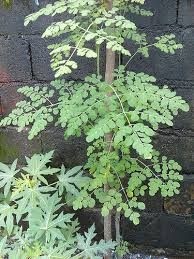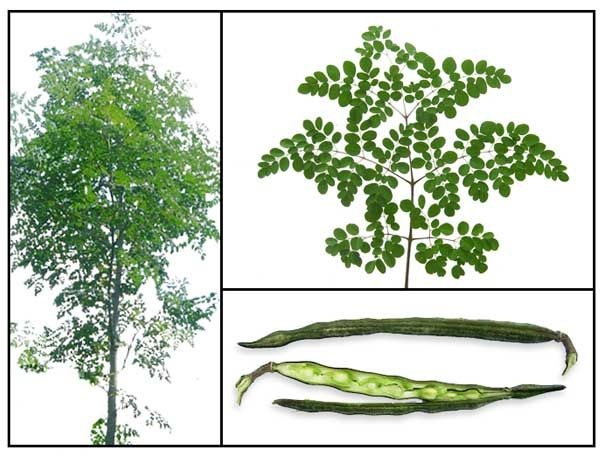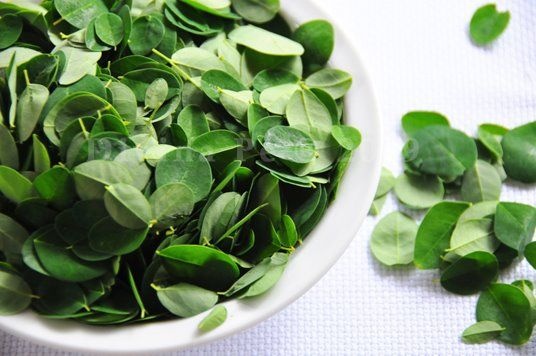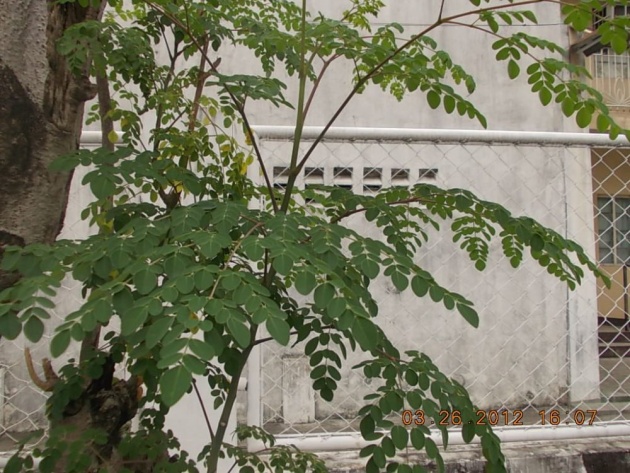Wonders of Malunggay
- Published on Tuesday, 20 April 2010 09:42
- Written by: EDUARDO GONZALES, MD
Malunggay (Moringa oleifera), horse-radish tree or Ben oil tree in English, is a popular plant that is dubbed “miracle tree†or “nature’s medicine cabinet†by scientists and health care workers worldwide because of its proven nutritional benefits, as well as, reported medicinal properties.
In the Philippines, malunggay is widely cultivated and can be found in the backyard of many Filipino homes. It is a low-maintenance plant. It can grow in almost any kind of soil and is drought resistant.
The malunggay’s main value is as a source of nutrients. Its medicinal properties are limited and mostly unproven.
The leaves, flowers, and fruits (that are in pods) of malunggay are edible and Filipinos eat them as vegetable.
Malunggay leaves are loaded with nutrients, especially vitamins and minerals. Researches conducted by the Food and Nutrition Research Institute (FNRI) of the Philippines have shown that 100 g or 1 cup of cooked malunggay leaves contain 3.1 g protein, 0.6 g fiber, 96 mg calcium, 29 mg phosphorus, 1.7 mg iron, 2,820 mg beta-carotene, 0.07 mg thiamin, 0.14 mg riboflavin, 1.1 mg niacin, and 53 mg ascorbic acid (vit C).  This means that compared to equivalent amounts (in weight) of other foods, malunggay has seven times more vitamin C than oranges, four times more calcium and two times more protein than milk, four times more vitamin A than carrots, and three times more potassium than bananas.
There is therefore no doubt that regular consumption of malunggay can greatly help in preventing micronutrient deficiency especially among children in the parts of our country where malnutrition still prevails. This is the reason why the Department of Agriculture has been encouraging manufacturers to fortify all sorts of food products such as noodles, juices, milk, and bread with malunggay.
Another property of malunggay that can indirectly prevent malnutrition is its being a very good galactogogueâ€â€it increases the flow of milk of lactating mothers. Thus, by eating malunggay leaves regularly or by taking malunggay capsules (that are now available in the market) mothers can ensure adequate nutrition of their babies.
In so far as medicinal properties are concerned, we know that malunggay contains high levels of beta-carotene, vitamins C and E, and the phytochemical niaziminin. These substances are potent antioxidants that protect the cells of the body from getting damaged by free radicals, highly reactive atoms or groups of atoms that are by-products of the normal metabolic activities of cells. Free radicals serve a useful purpose in the body because they are able to help kill bacteria and other harmful microorganisms. But in excess, they injure and kill cells. Free radicals are believed to contribute to such disorders as cancer, heart disease, and many other conditions associated with aging. In short, because of its antioxidants, malunggay could help prevent many forms of cancer and delay the aging process.
The evidence for the numerous other reported medicinal properties of malunggay is mostly folkloric in nature and therefore, scientifically unacceptable. For example, claims that malunggay can be used to lower blood pressure, control diabetes, and relieve pains caused by rheumatism, headaches, and migraines remain unsubstantiated.
Also still in the realm of folk rather than mainstream medicine are the following reported medicinal uses of malunggay: elimination of intestinal parasites; relief of hoarseness and sore throat, earache, and constipation; drying up of infected wounds, sores, and ulcers; and treatment of gout, asthma, hiccups, and sexual dysfunction (the flowers are aphrodisiacs).
source: Manila Bulletin
http://mb.com.ph/node/253493/the-wonder
http://www.pchrd.dost.gov.ph/index.php/2012-05-23-07-46-36/2012-05-24-00-03-06/2650-the-wonders-of-malunggay







